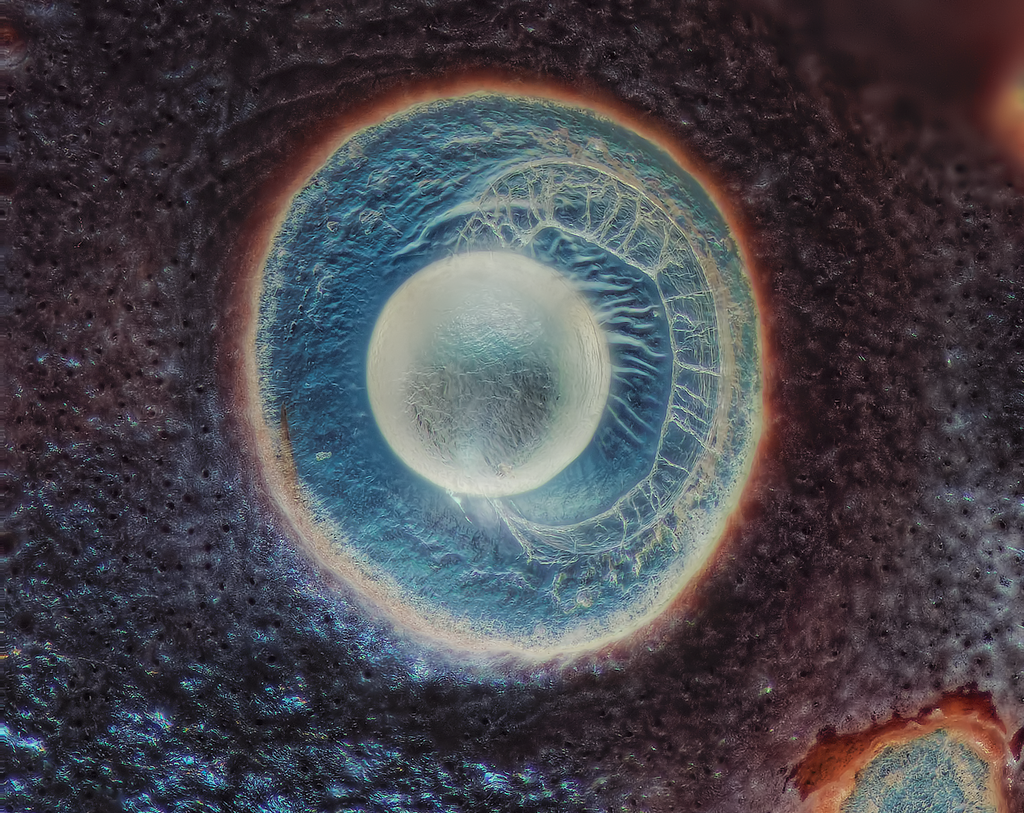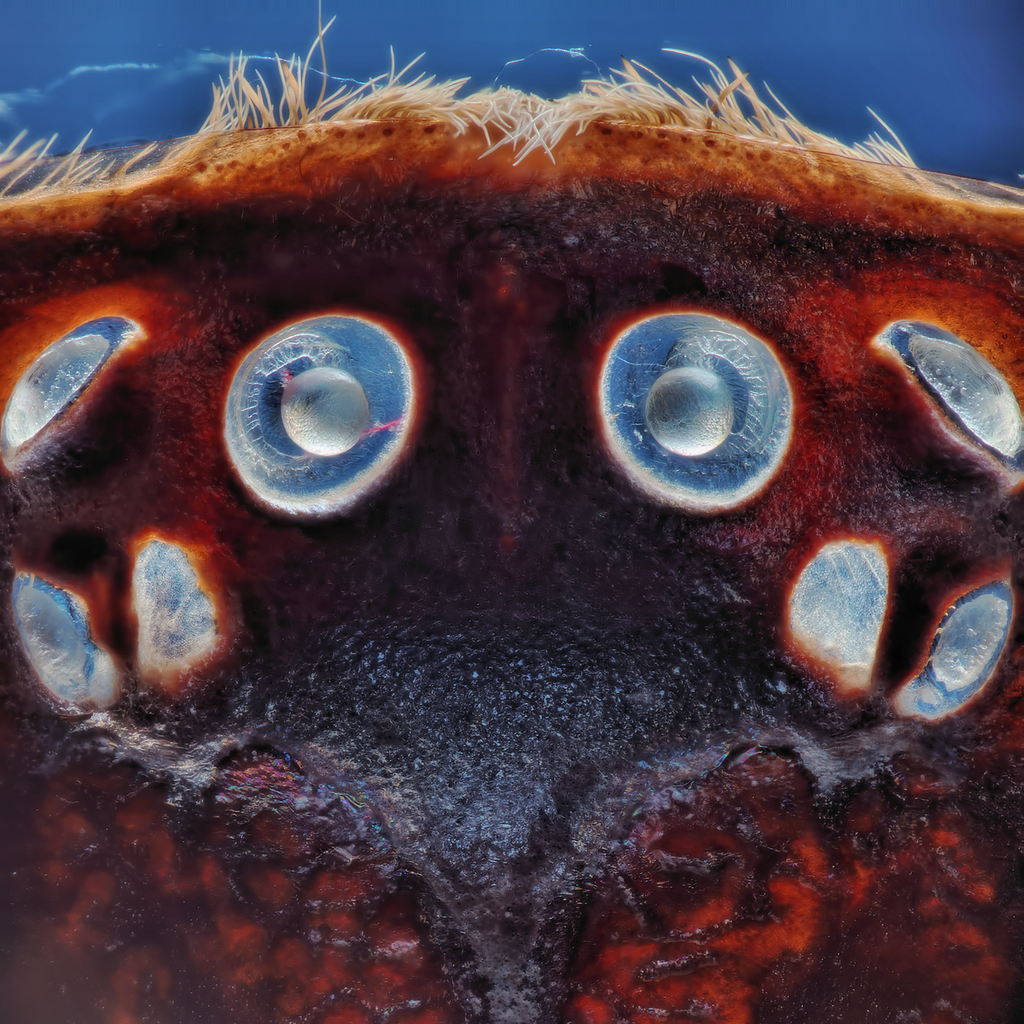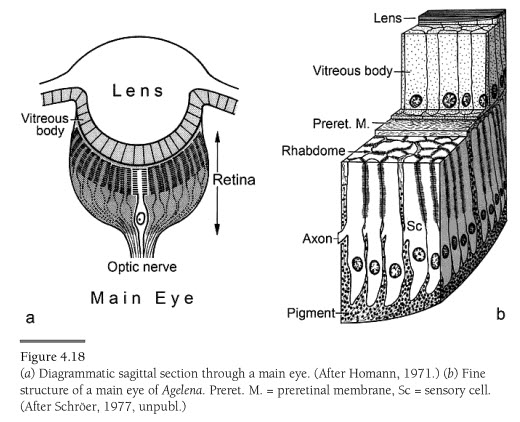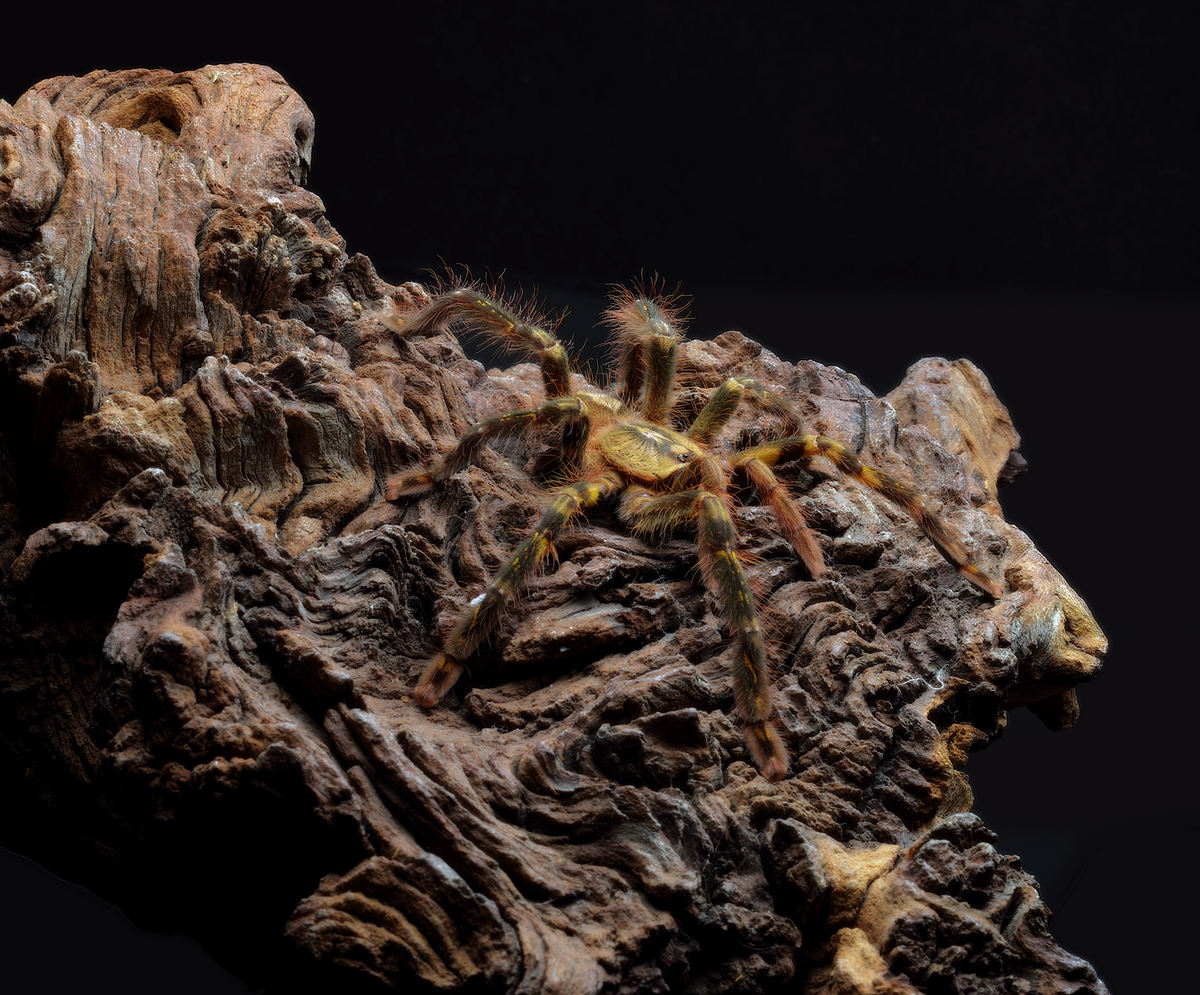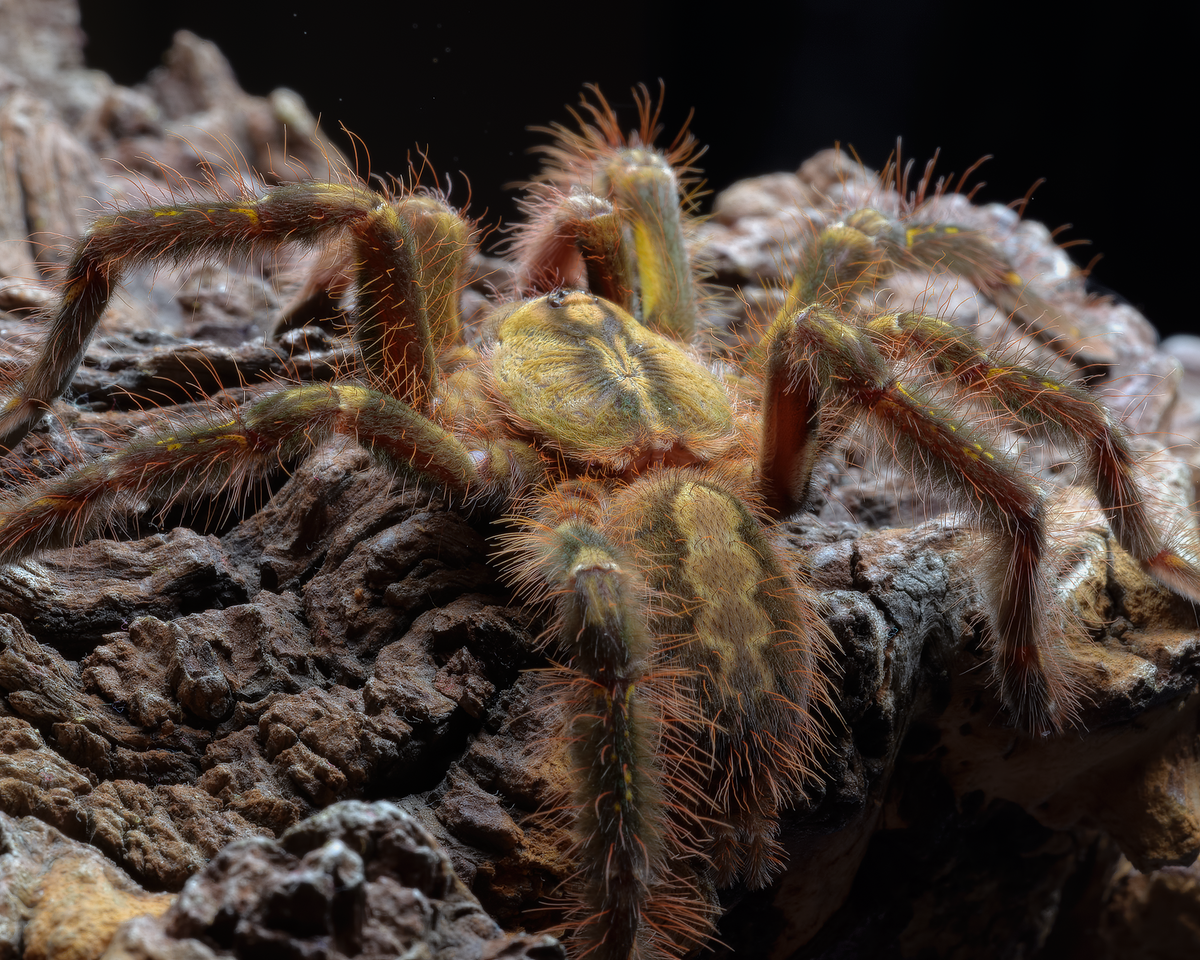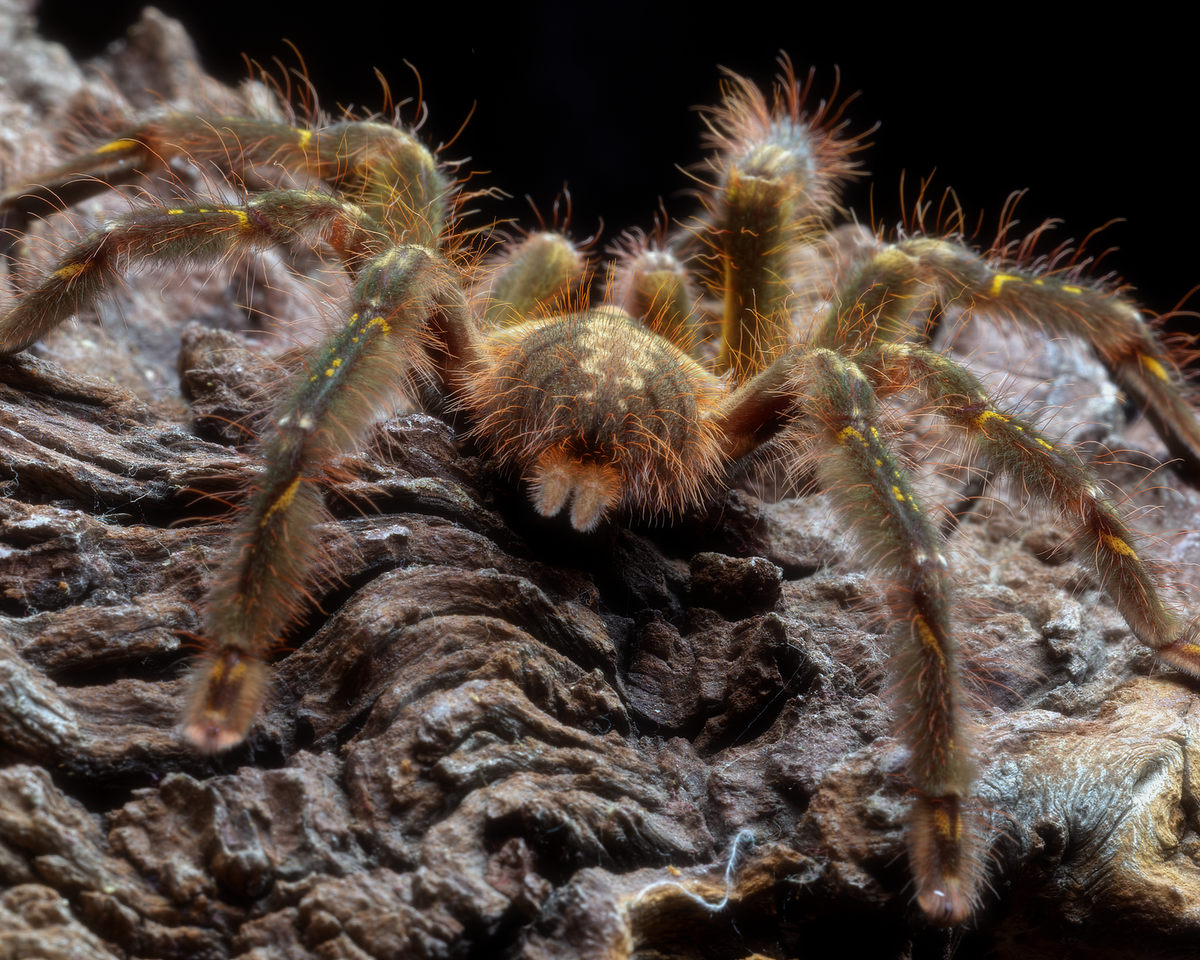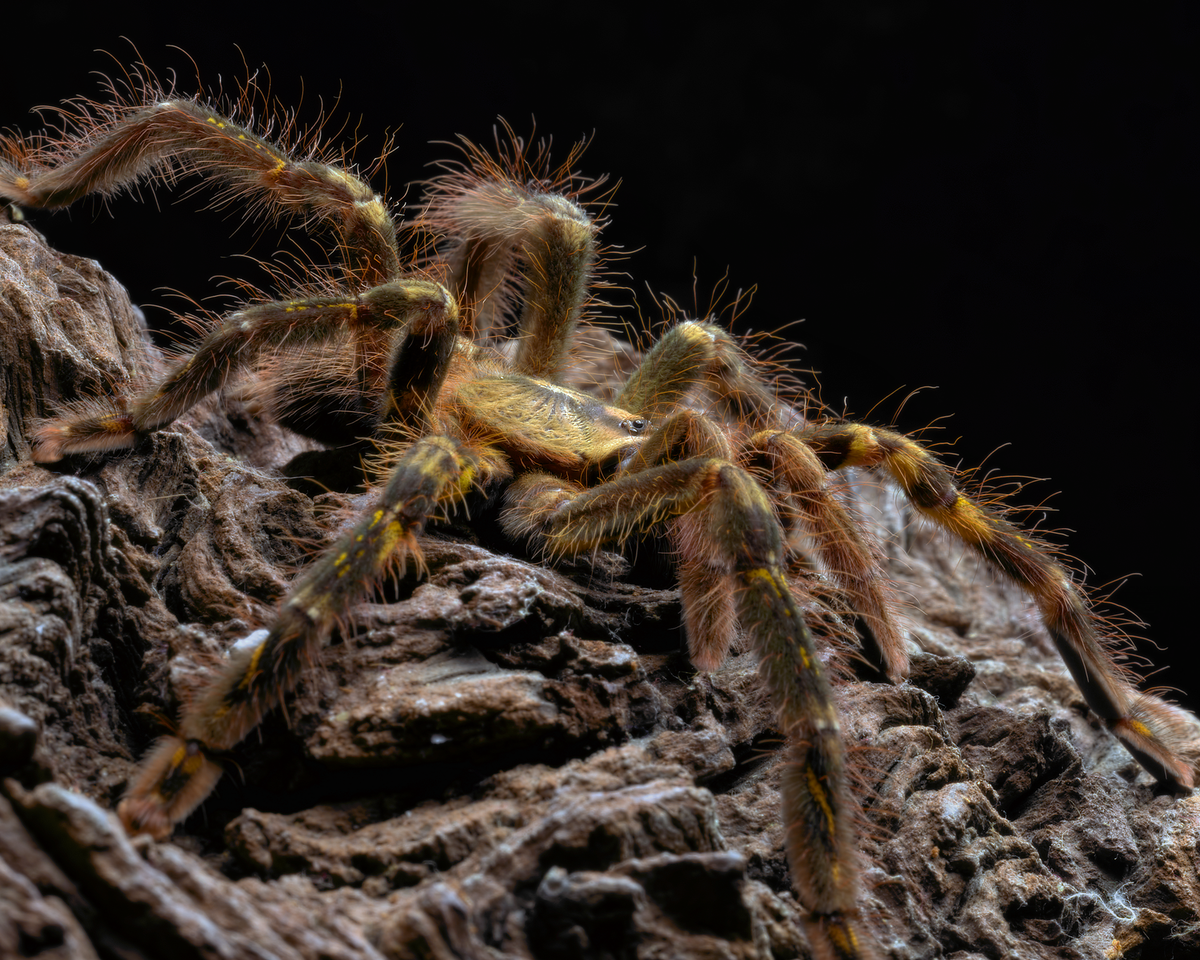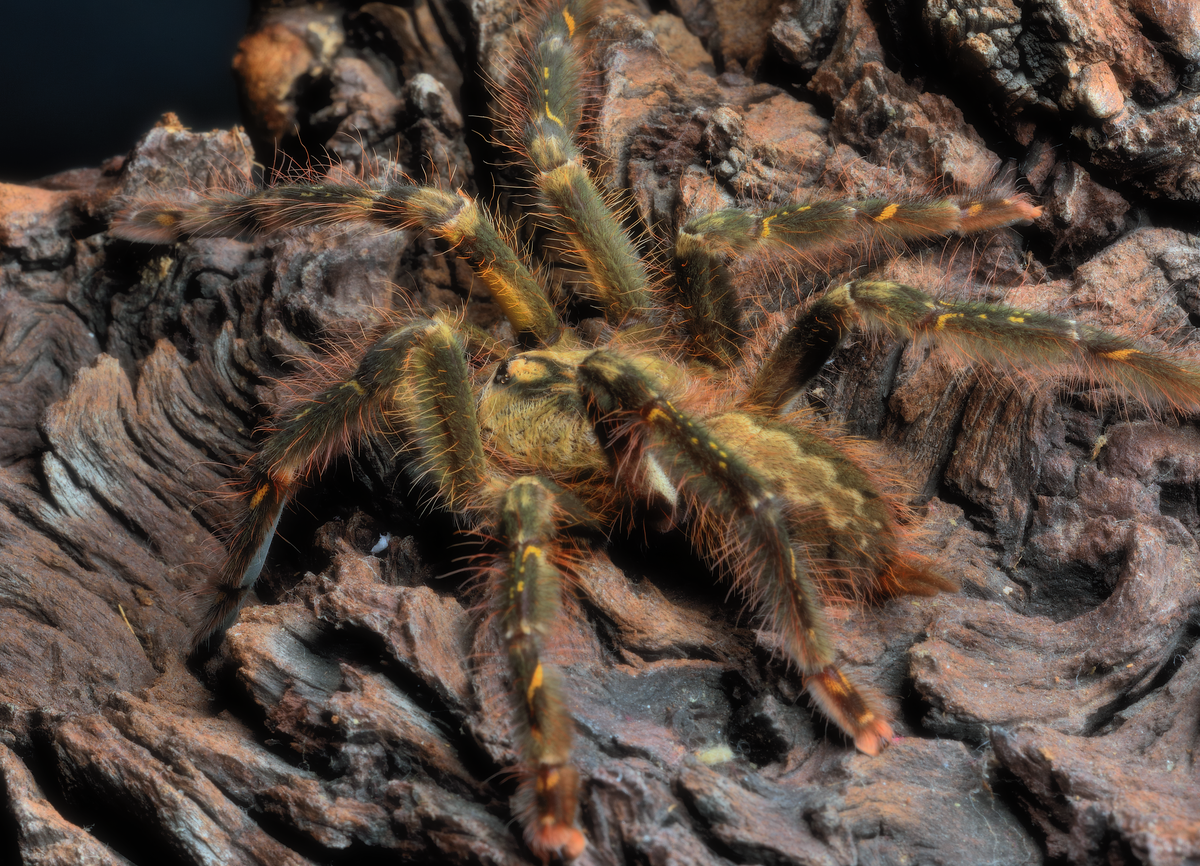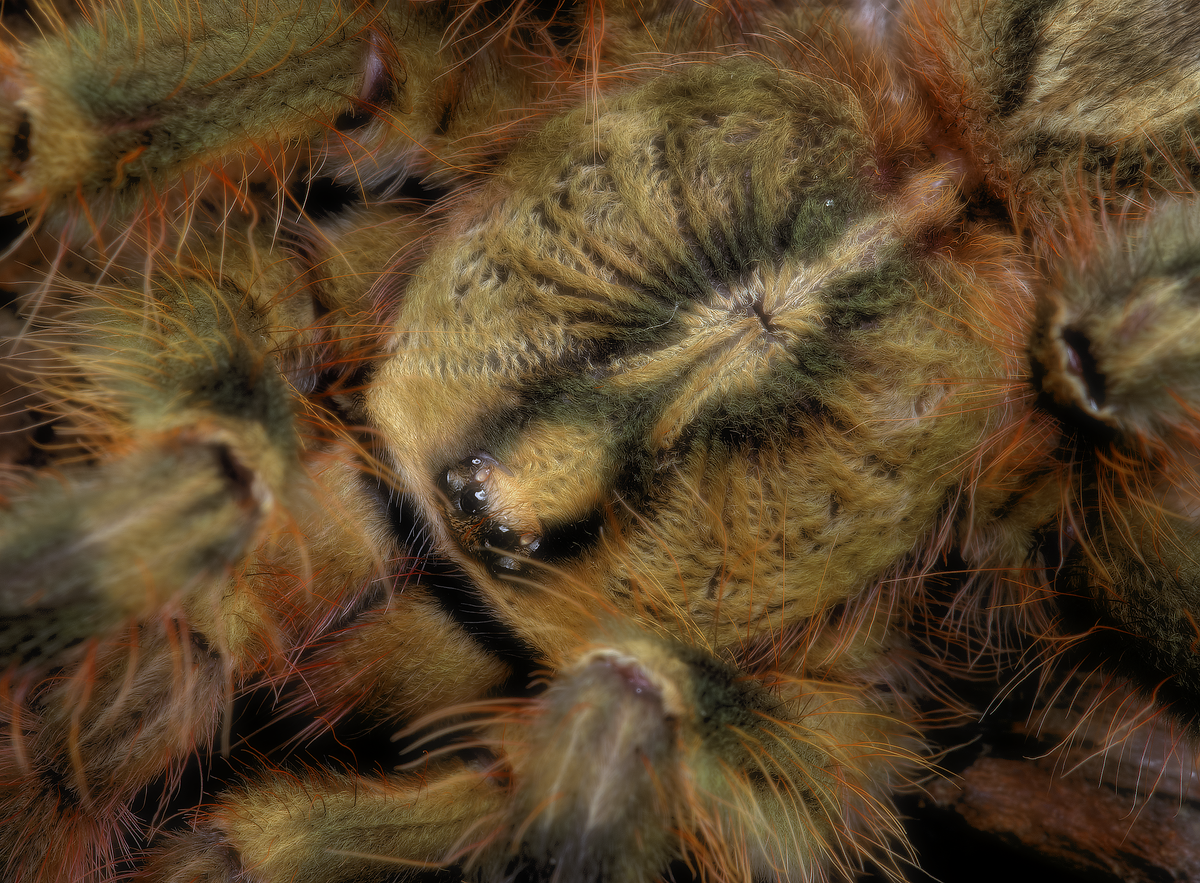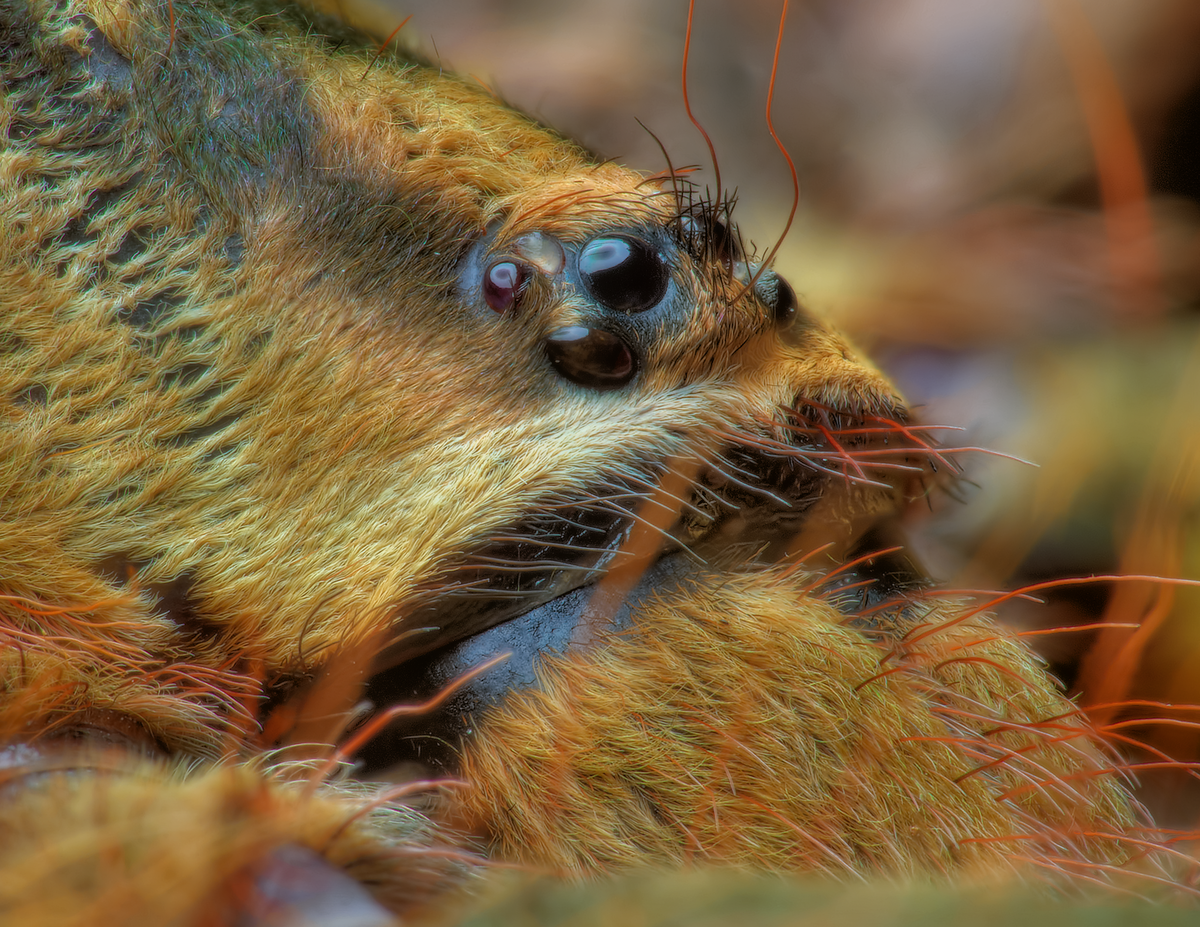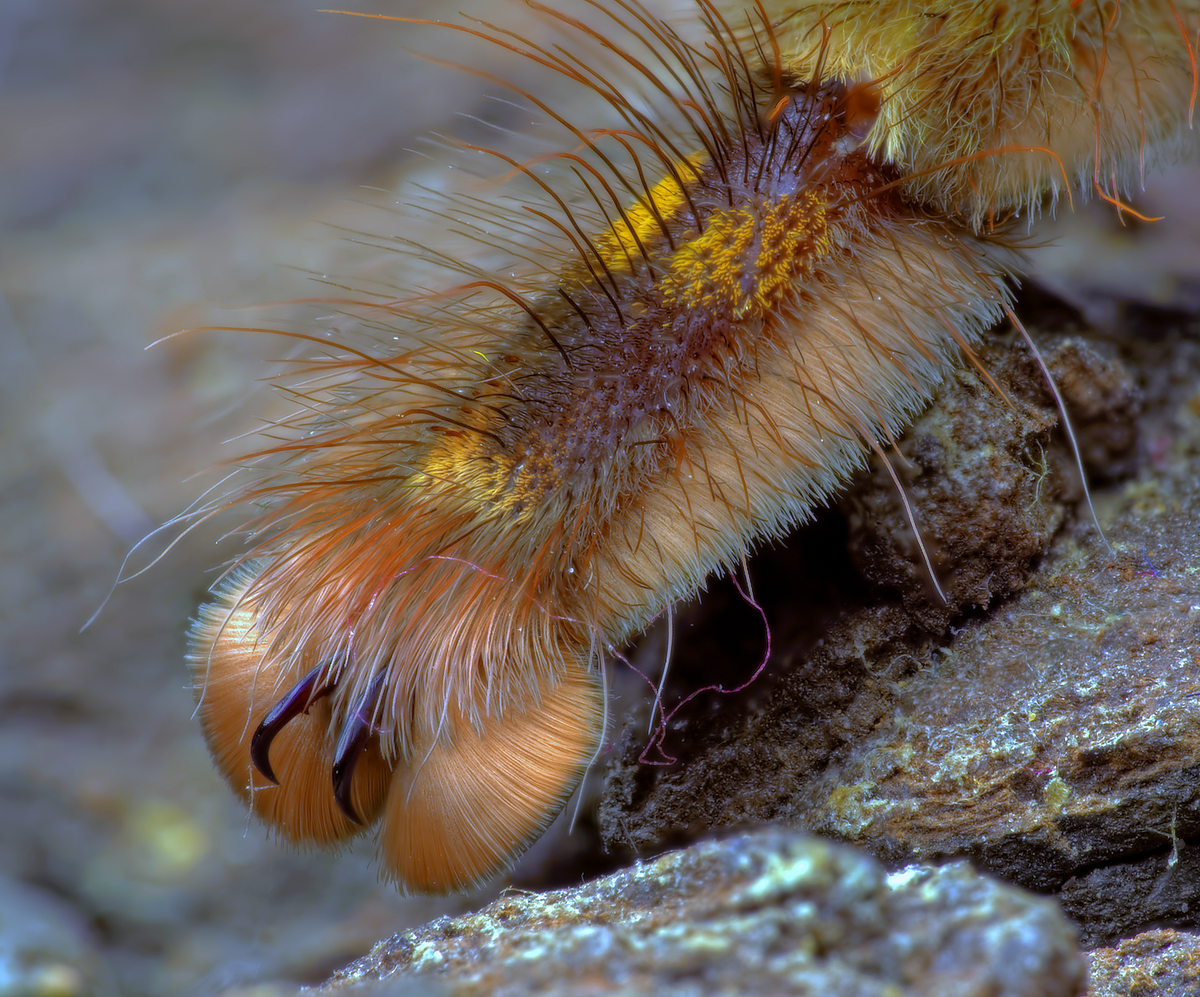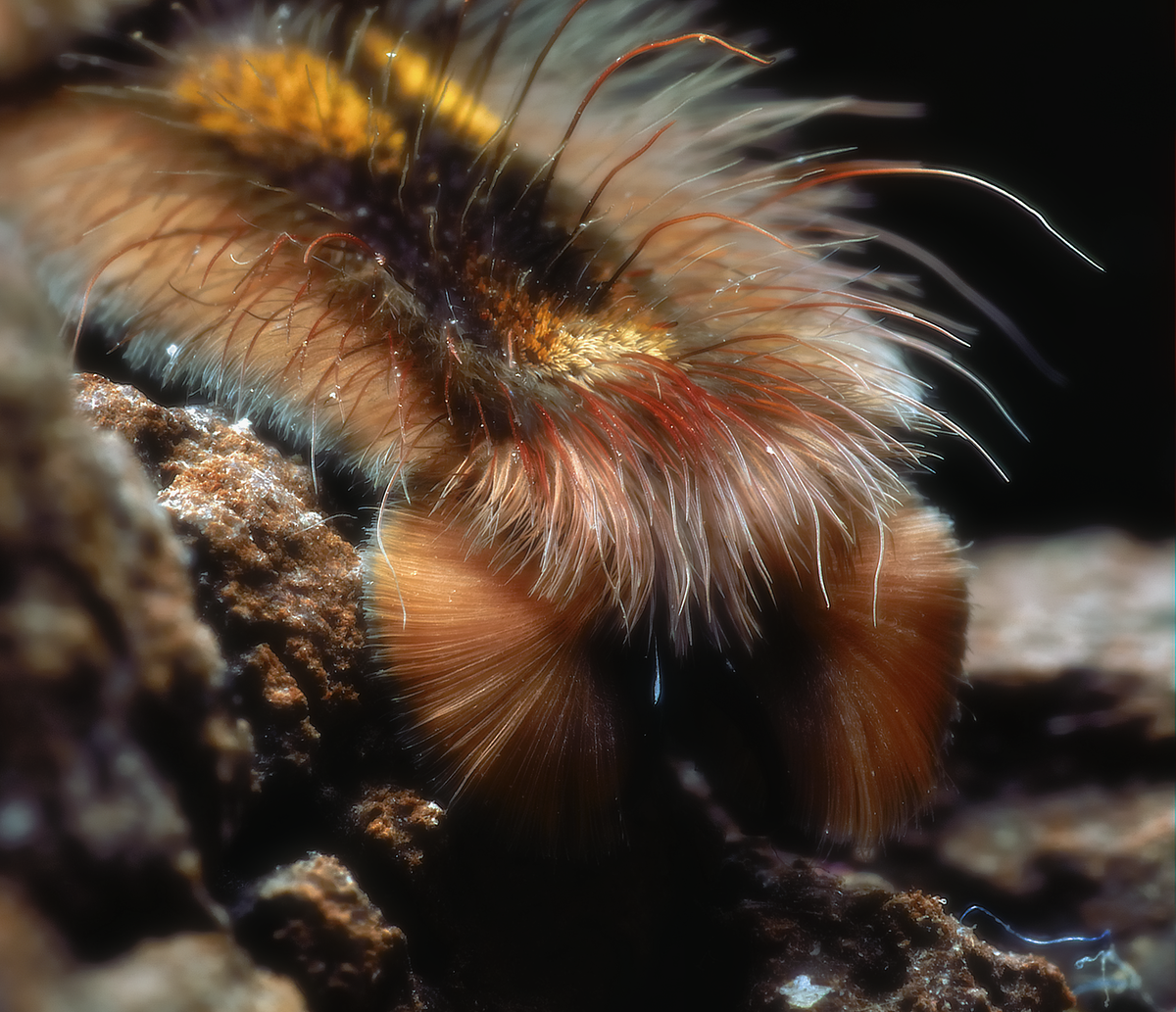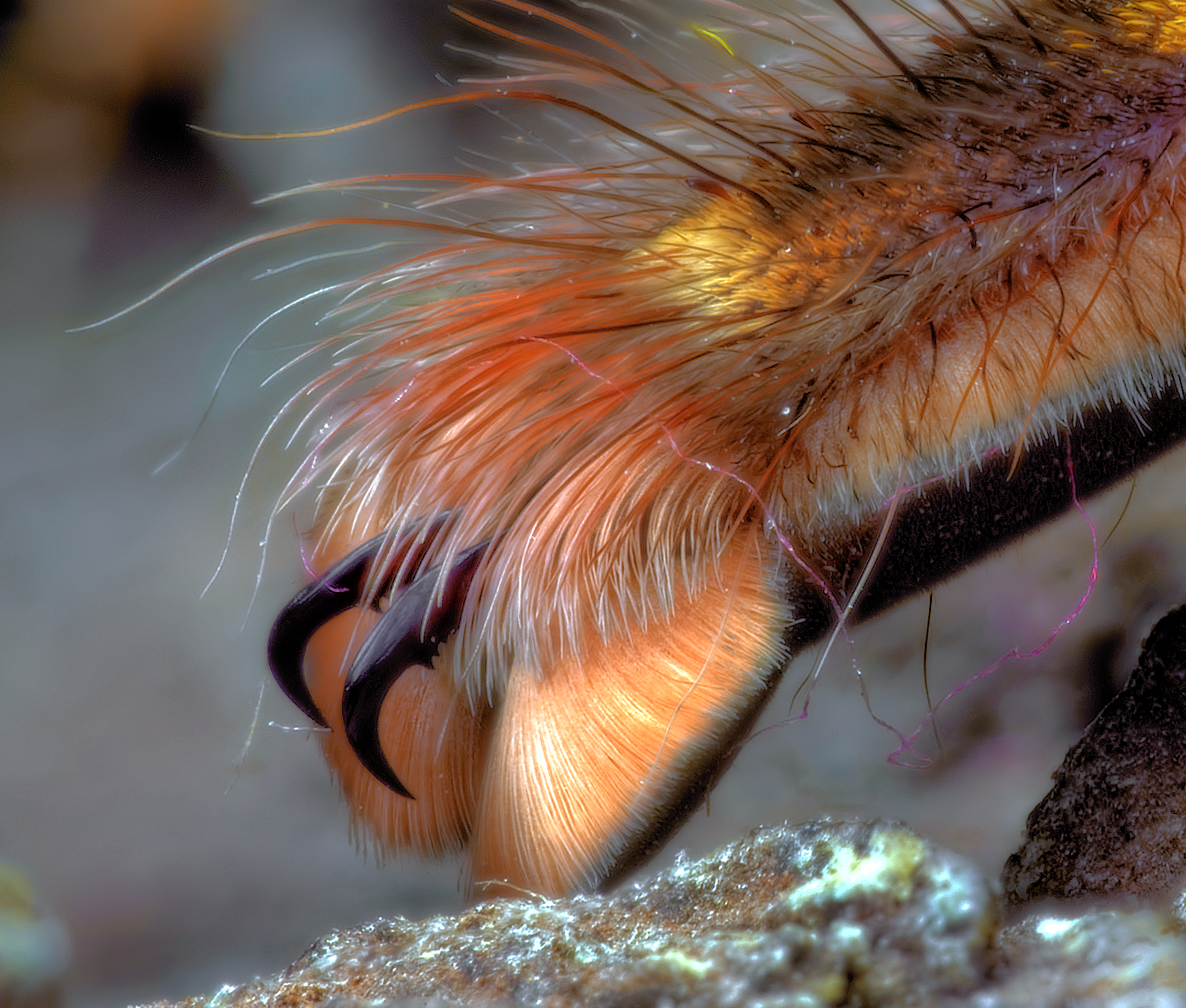papilio_
Well-known member
I discovered the wonderful fascination of keeping mantids only about six months ago. I find their behaviors so incredible to watch that the Ts which I've been collecting for about 6 years haven't been getting anything close to their customary attention lately. But it was my Ts which initially got me started in what was to become such a love of macro photography, so I thought I might from time to time share some of those photos on this thread for anyone else who may share the same dual interest in these two varieties of inverts.
I find that Ts are quite a bit more challenging to photograph well ... it's pretty hard, after all, to take a bad photo of the lovely mantis! It's a challenge which has brought me much satisfaction in the images which have turned out well. But I have a sense that mantids, so often displaying such human-like traits in their behavior, come quite a bit closer to feeling like true pets than any of my spiders ever have. It's always such a delight to have a mantis playing on my hand, while IMO handling Ts is not generally something to be encouraged, even with docile species. Though I do take my Ts out of their enclosures for the photo shoots it's always with respect for both their temperaments and their safety, and I don't typically come into physical contact with them very often.
It's a challenge which has brought me much satisfaction in the images which have turned out well. But I have a sense that mantids, so often displaying such human-like traits in their behavior, come quite a bit closer to feeling like true pets than any of my spiders ever have. It's always such a delight to have a mantis playing on my hand, while IMO handling Ts is not generally something to be encouraged, even with docile species. Though I do take my Ts out of their enclosures for the photo shoots it's always with respect for both their temperaments and their safety, and I don't typically come into physical contact with them very often.
All-in-all the interests in both Ts and mantids seem to compliment each other quite nicely.
I'll start off with one of my favorites ... a T which, although very common, is also surely among the most stunning.
Heteroscodra maculata, adult female, 5-inch LS
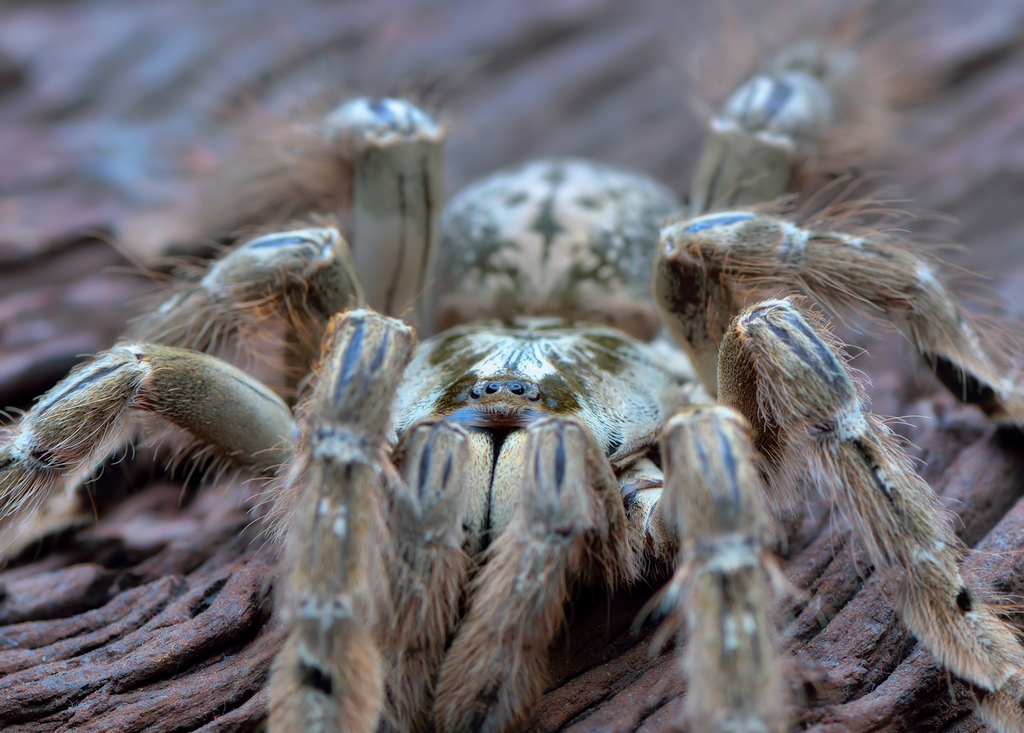
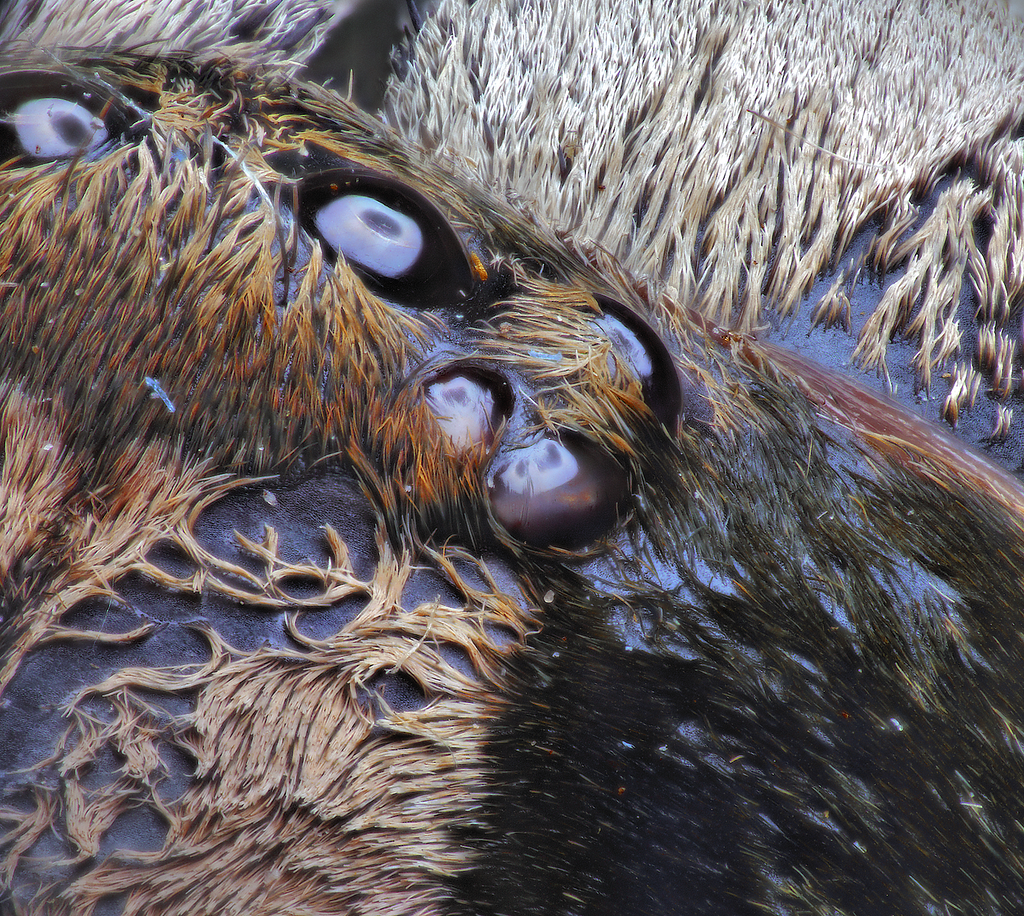
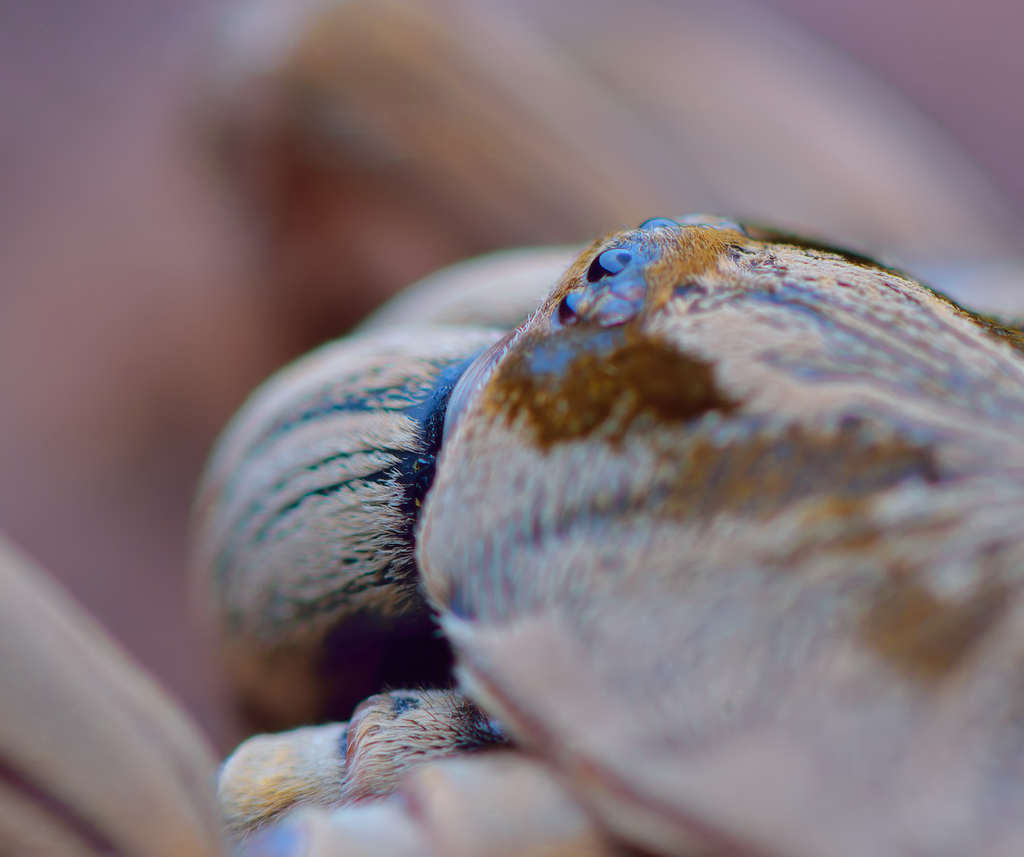
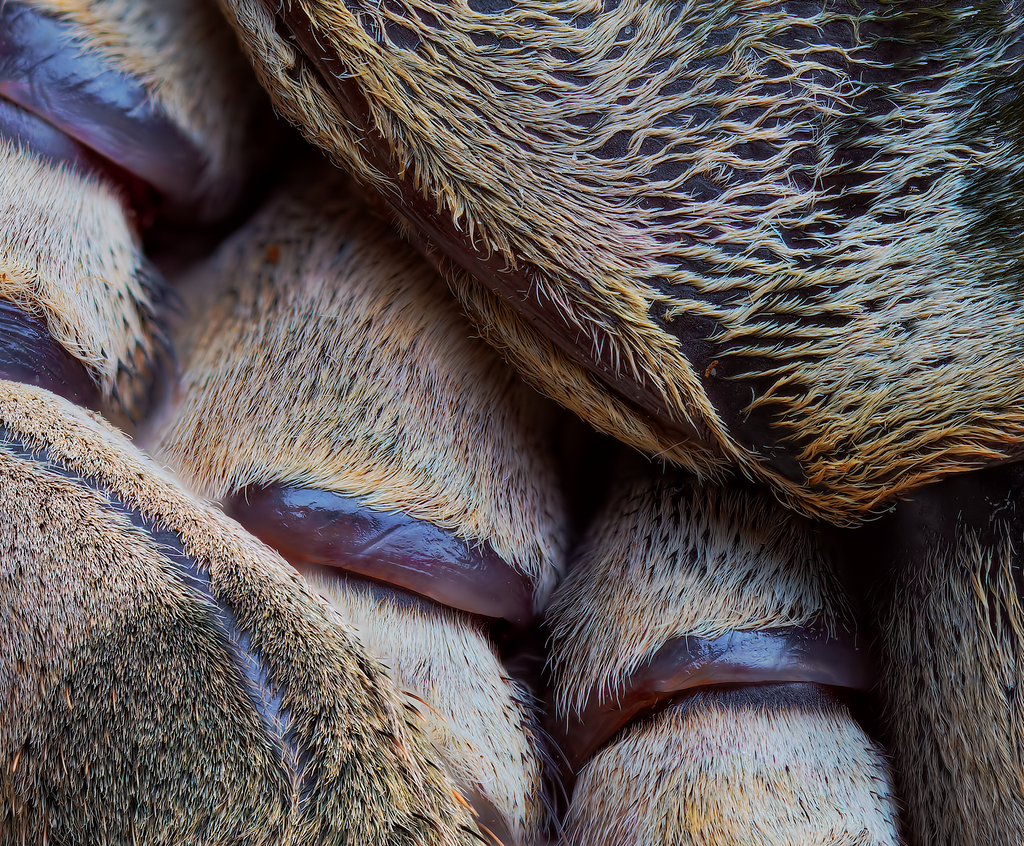
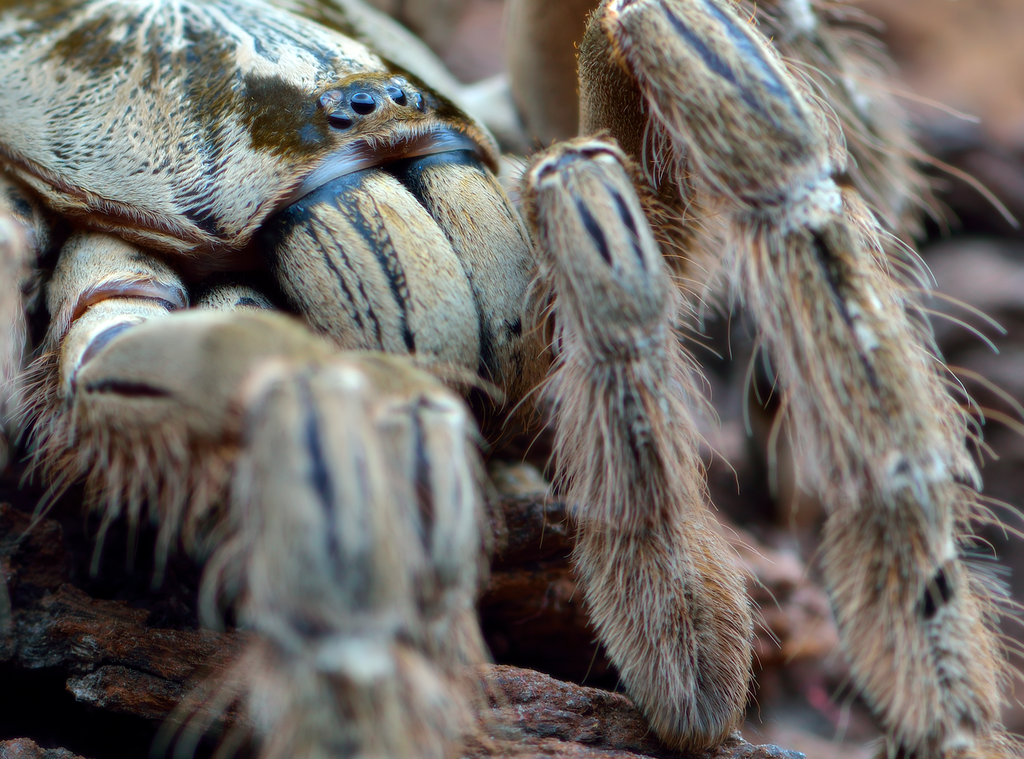
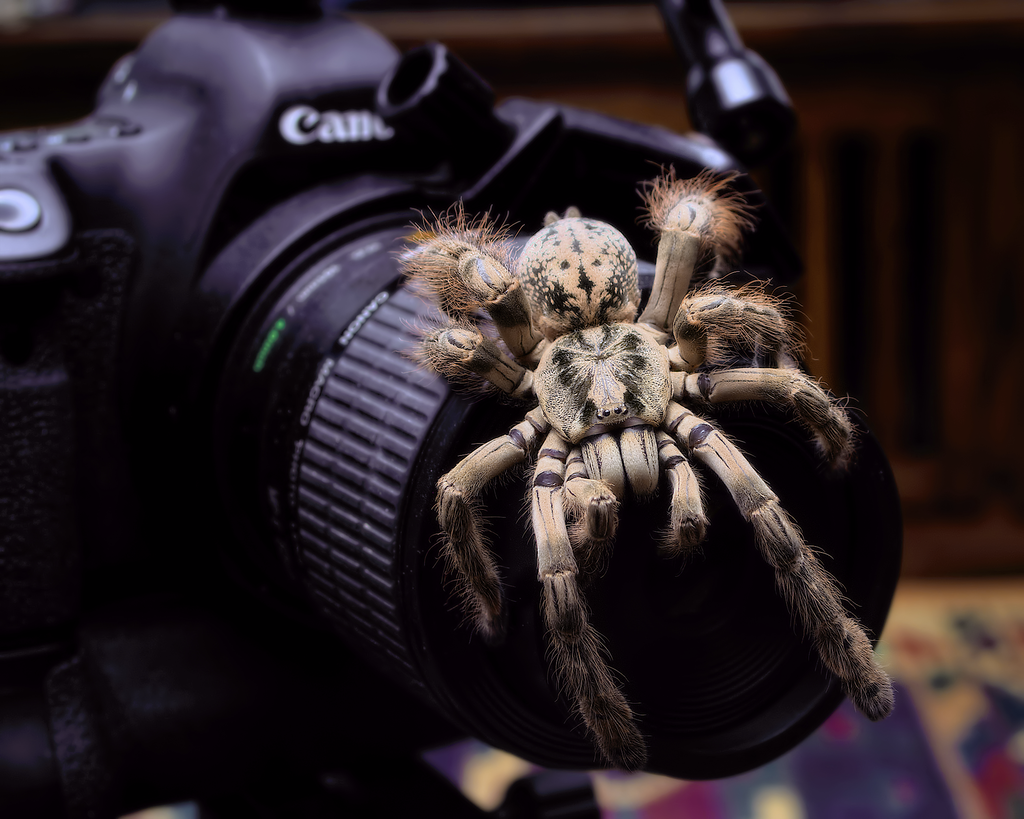
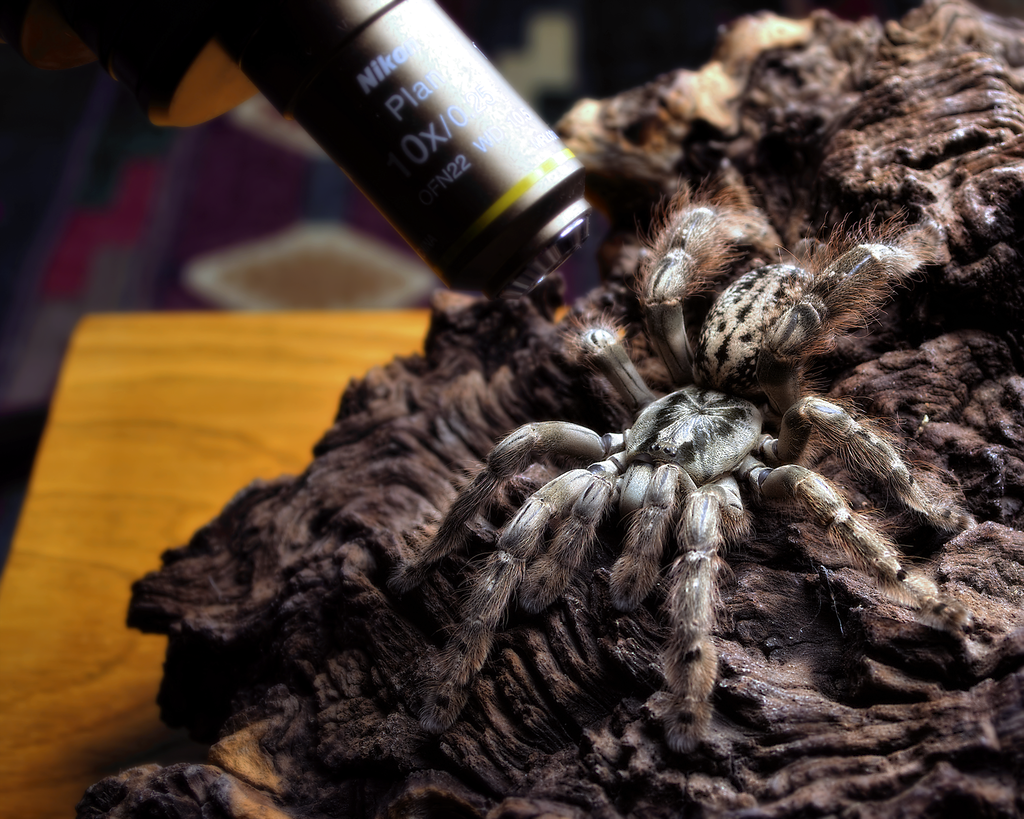
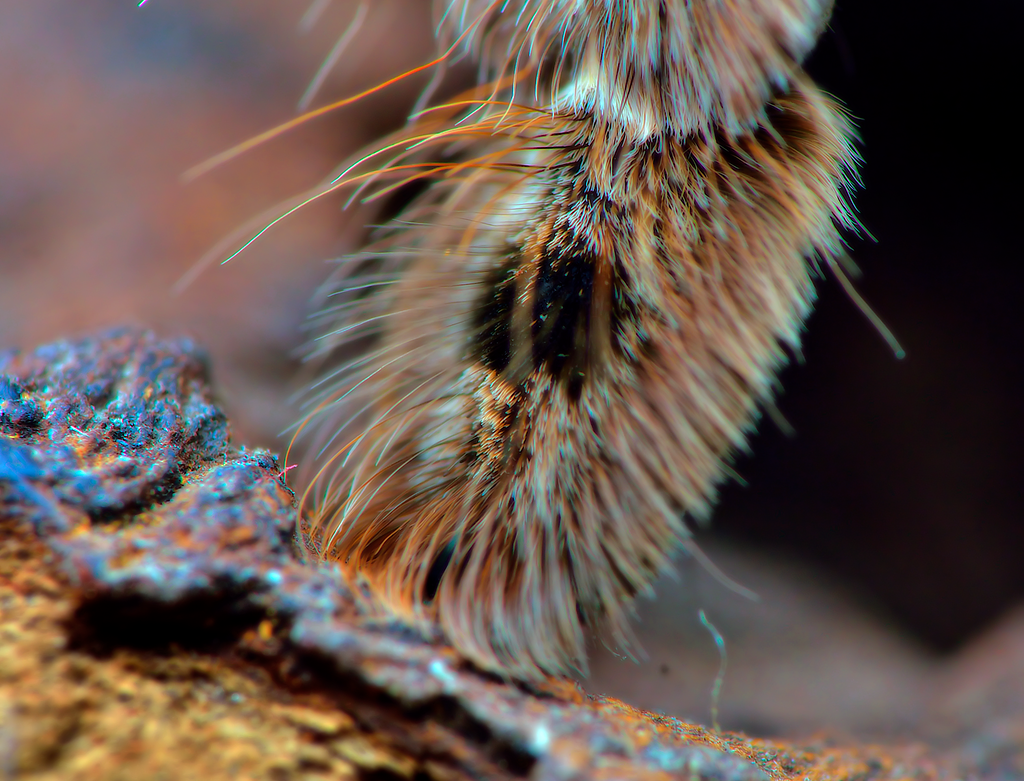
Exuvia @ 10X
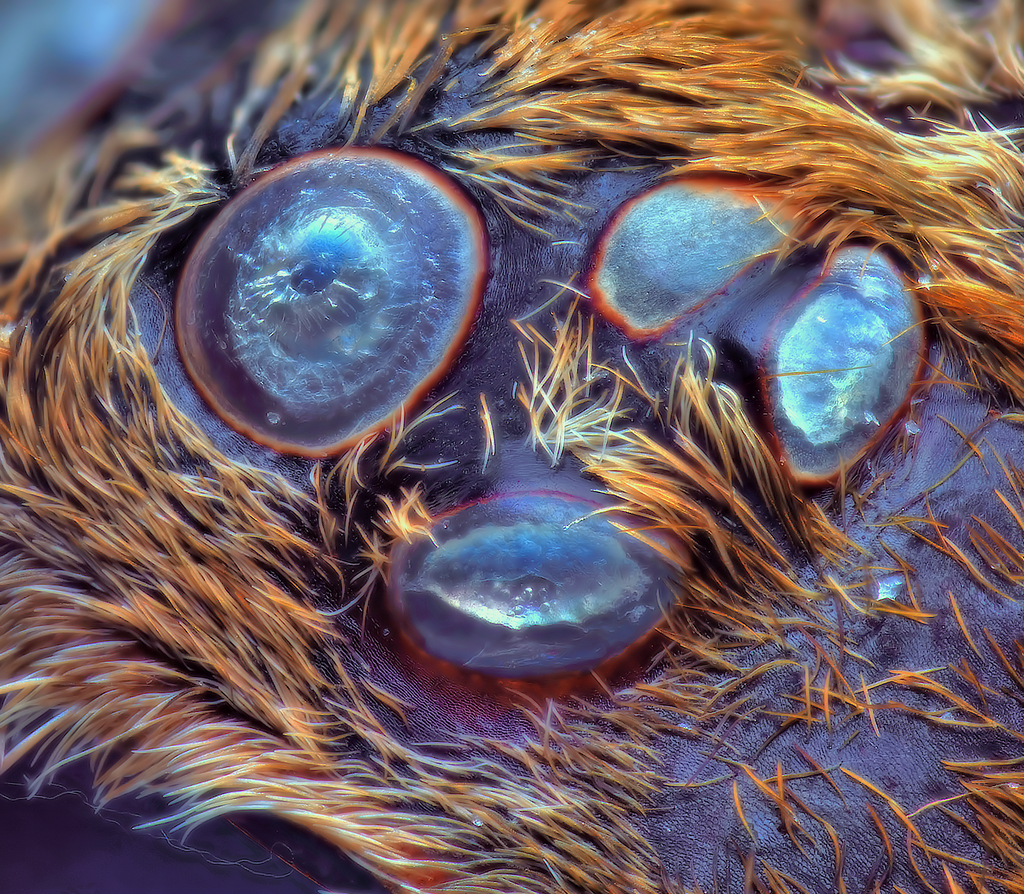
Synthetic 3D generated by focus stack data
(Even for this small window, the highest quality setting improves the view.)
I find that Ts are quite a bit more challenging to photograph well ... it's pretty hard, after all, to take a bad photo of the lovely mantis!
All-in-all the interests in both Ts and mantids seem to compliment each other quite nicely.
I'll start off with one of my favorites ... a T which, although very common, is also surely among the most stunning.
Heteroscodra maculata, adult female, 5-inch LS








Exuvia @ 10X

Synthetic 3D generated by focus stack data
(Even for this small window, the highest quality setting improves the view.)
Last edited by a moderator:




